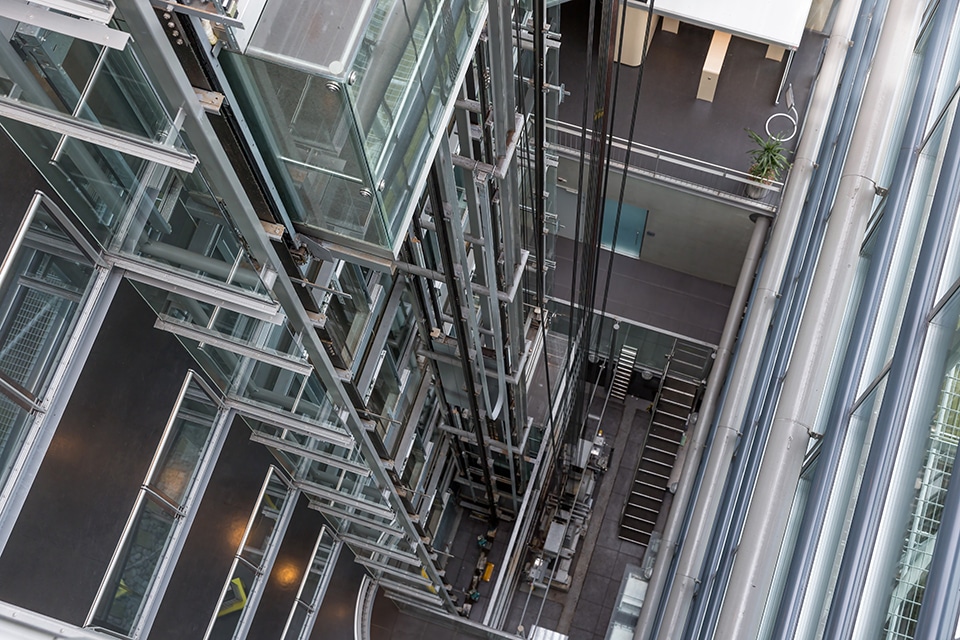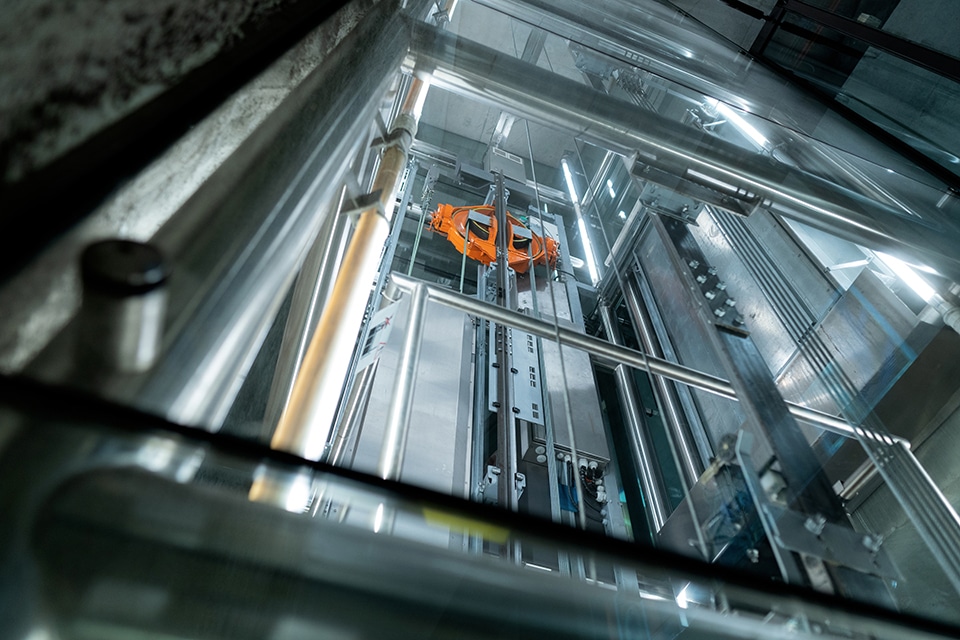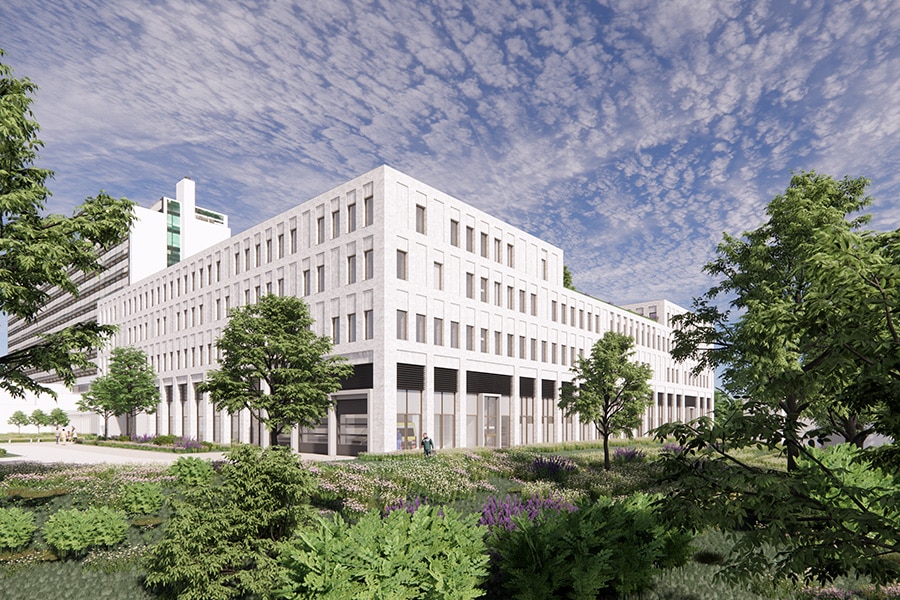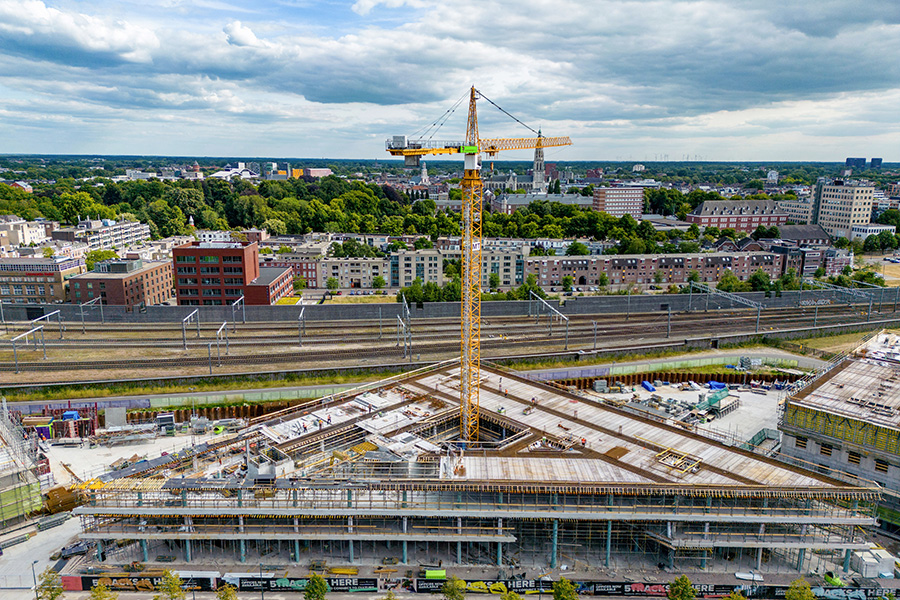
Preventing side effects in elevator maintenance and modernization
An elevator is maintained periodically, just like any other article of use. Changes to the elevator system resulting from repair, restoration or preventive replacement of parts, before the elevator is returned to service, must be reviewed by a designated inspection agency for proper operation and maintenance of safety levels. Sometimes parts are used that are not identical to the initial part, with possible adverse side effects where even safety may be compromised. To prevent this, new inspection schedules are forthcoming that will focus more on risk assessment. Aboma is anticipating this. An interview with Bert Huisman, Manager Lifts at Aboma.
Replacement parts must meet the same specifications as the existing part, says Huisman. "It may happen that while a replacement part is fit for purpose, it causes adverse side effects. It is the result of changing technologies and changing component compositions. With today's insights, work is being done 'as we speak' to adapt the current inspection scheme for a conformity assessment of elevator systems in the use phase. A risk assessment, including possible side effects and how you are going to eliminate them, will be an important part of that." He expects the new scheme to take effect in the second half of 2025. However, Aboma already has a strong focus on it now. Awareness is also beginning to grow, Huisman notes in practice. "And with an admittedly mandatory inspection, you can also demonstrate that you are well over
thought."

Responsibility with the building owner
By the way, it is already the case that with European regulations, the responsibility for a sound and safe elevator installation has shifted to the building owner. Should something happen involving damage or injury, the building owner must be able to answer for it. "So it is important that there is a proper conformity assessment behind it. When a modification causes an elevator to deviate from the original design, it may also include a deviation in the initial risk assessment performed by the manufacturer or installer. Careful investigation is then necessary. Identification of hazards, possible damage (or worse) possible injury, precautions resulting from evaluation, and recording the findings are four steps to achieving a proper risk assessment. The safety of the elevator installation must not be compromised. The safety of the elevator for users as well as those working on the elevator must be guaranteed."



